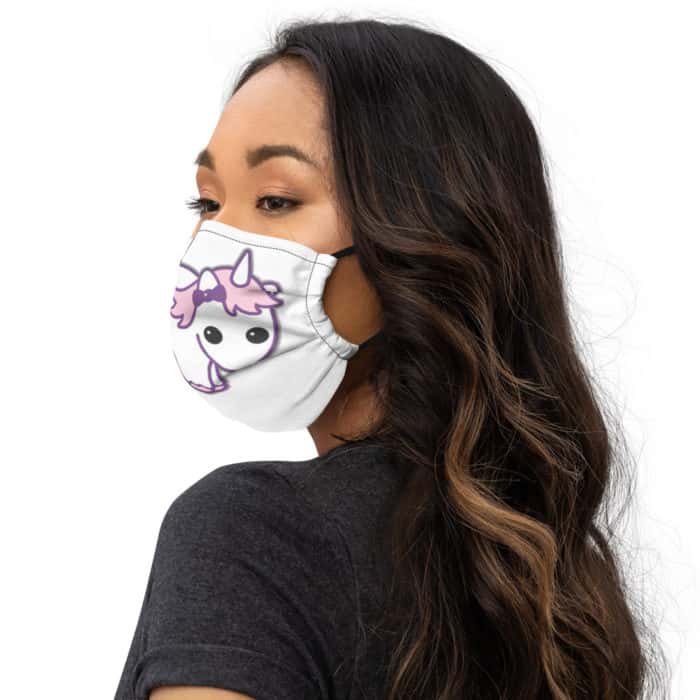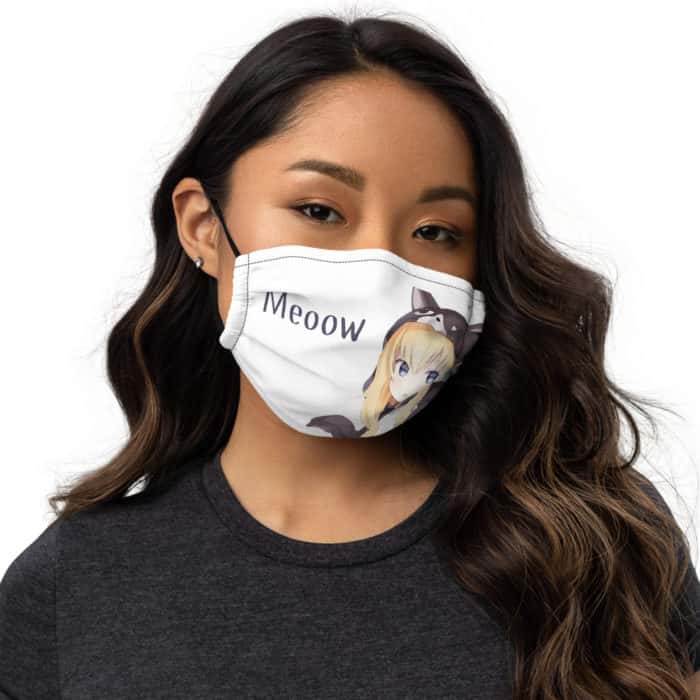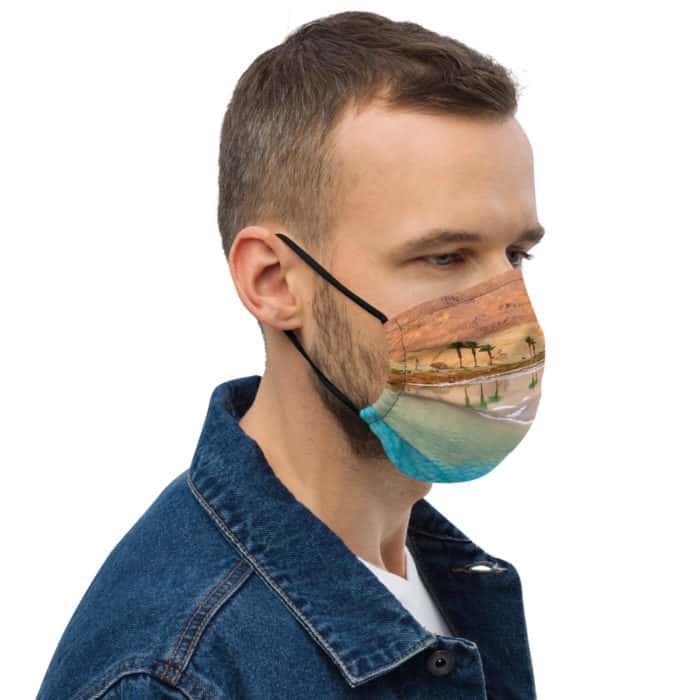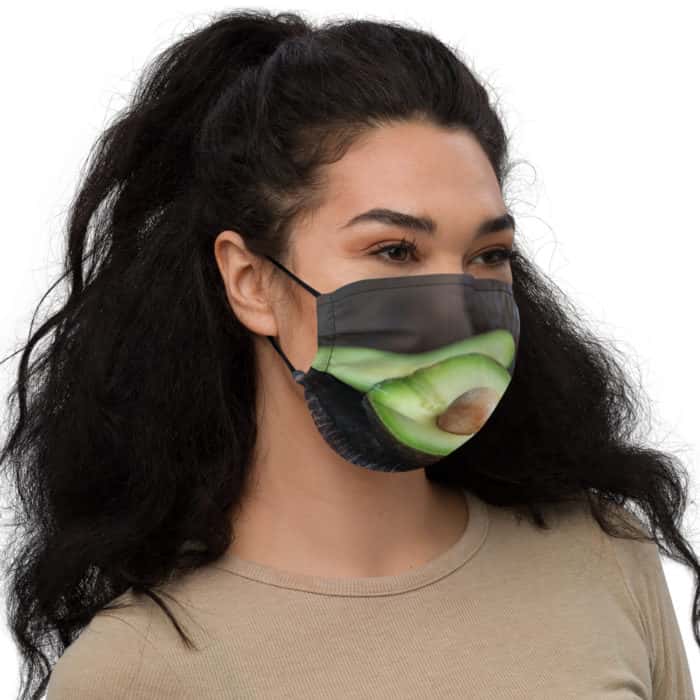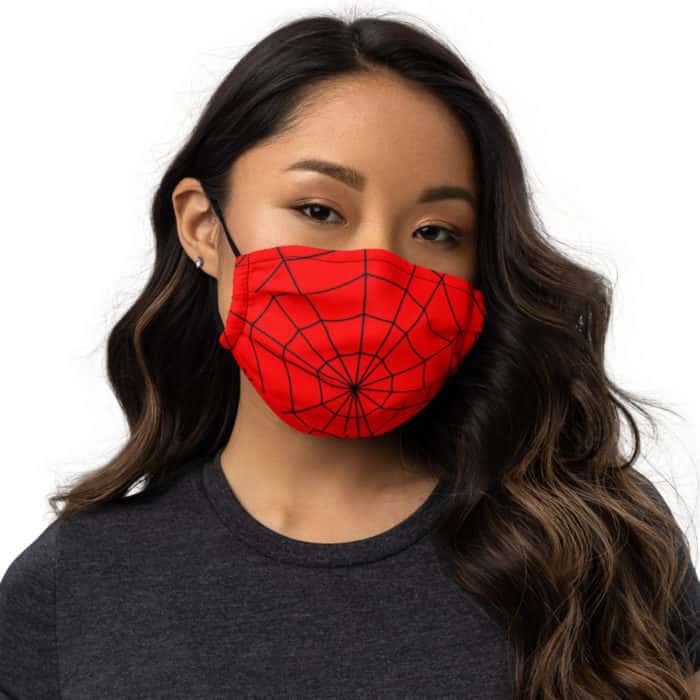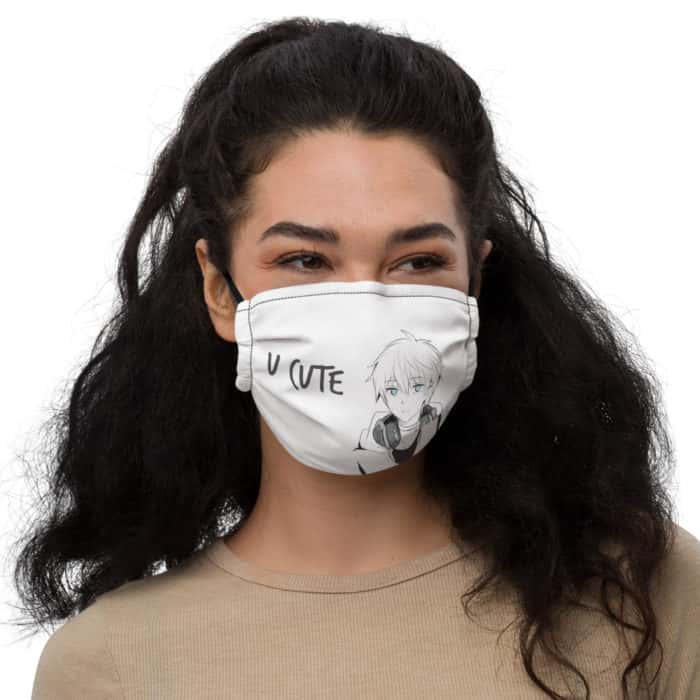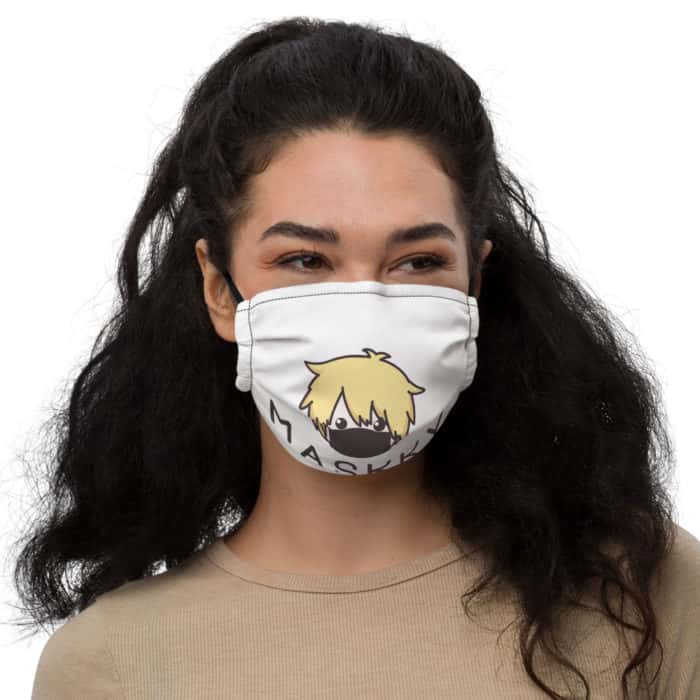Cosplay, the art of bringing fictional characters to life, has gained immense popularity in recent years. One essential element of any impressive cosplay is a well-crafted helmet. Whether you’re a seasoned cosplayer or just starting out, this guide will provide you with step-by-step instructions on how to create your own stunning cosplay helmet that will surely turn heads at your next convention.
1. Common Materials Used for Making a Cosplay Helmet
When it comes to making a cosplay helmet, there are several materials that cosplayers commonly use. Each material has its own unique properties and advantages, so it’s important to choose the one that best suits your needs and the character you’re cosplaying as.
Foam:
Foam is a popular choice for making cosplay helmets because it is lightweight, easy to work with, and can be shaped into intricate designs. EVA foam is often used due to its durability and flexibility. It can be cut, heated, and glued together to create complex shapes and details.
Worbla:
Worbla is a thermoplastic material that becomes pliable when heated. It can be molded into various shapes and then hardened as it cools down. Worbla is known for its strength and durability, making it suitable for creating sturdy cosplay helmets.
Resin:
Resin is a popular choice for creating cosplay helmets because it can produce smooth surfaces and intricate details. Fiberglass resin or epoxy resin can be used in combination with a mold to create the desired shape of the helmet.
Cardboard:
Cardboard may seem like an unconventional choice for making a cosplay helmet, but it can actually be quite effective. It is affordable, readily available, and easy to work with. By layering cardboard pieces together and shaping them, you can create a lightweight helmet that still looks impressive.
No matter which material you choose, make sure to consider factors such as weight, durability, ease of construction, and the level of detail you want to achieve for your cosplay helmet.
2. Selecting the Appropriate Design for Your Cosplay Helmet
Choosing the right design for your cosplay helmet is crucial to accurately portray the character you’re cosplaying as. Here are some tips to help you select the appropriate design:
Research:
Start by researching the character you’re cosplaying as. Look for reference images from different angles to get a clear idea of what their helmet looks like. Pay attention to any unique features, symbols, or textures that need to be incorporated into your design.
Suitability:
Consider how practical and suitable the design is for wearing and moving around in. Some designs may have large or obstructive elements that can limit your mobility or vision. It’s important to find a balance between accuracy and functionality.
Personal Touches:
Don’t be afraid to add your own personal touches to the design. This can help make your cosplay helmet stand out and showcase your creativity. For example, you could incorporate LED lights, weathering effects, or additional accessories that enhance the overall look of the helmet.
List of things to consider when selecting a design:
- Accuracy to the character
- Suitability for movement
- Incorporating unique features
- Add personal touches
3. Necessary Tools for Making a Cosplay Helmet
To successfully create a cosplay helmet, you’ll need several tools at your disposal. These tools will help you shape, cut, and assemble the materials needed for your project. Here are some essential tools you should have:
List of necessary tools:
- Heat gun: Used to heat thermoplastic materials like Worbla for shaping
- X-Acto knife or utility knife: For precise cutting of materials
- Scissors: For cutting fabrics, foam, and other softer materials
- Sanding blocks or sandpaper: To smooth out rough edges and surfaces
- Hot glue gun: For securing pieces together quickly and easily
- Epoxy adhesive: A strong adhesive for bonding materials like resin or fiberglass
- Paint brushes: For applying paint and finishes to the helmet
- Clamps or clips: To hold pieces together while they dry or set
- Dremel tool: Useful for adding intricate details or carving designs into the helmet surface
- Measuring tape or ruler: For accurate measurements and dimensions
Having these tools on hand will make your cosplay helmet-making process much easier and more efficient. Don’t forget to prioritize safety by wearing protective gear such as gloves, goggles, and a mask when necessary.
4. Step-by-Step Instructions: Creating a Pattern for the Helmet
Choosing the Right Materials
Before you begin creating a pattern for your cosplay helmet, it’s important to choose the right materials. Consider the type of helmet you want to create and select materials that are sturdy enough to withstand wear and tear but also lightweight enough to be comfortable to wear. Common materials used for making cosplay helmets include EVA foam, thermoplastics like Worbla or Sintra, and fiberglass. Research different materials and their properties to determine which one is best suited for your project.
Taking Accurate Measurements
The next step in creating a pattern for your cosplay helmet is taking accurate measurements of your head. Use a flexible measuring tape and measure around the circumference of your head at its widest point. Write down this measurement as it will be crucial in determining the size of your helmet pattern. Additionally, measure the distance from your forehead to the back of your head and from ear to ear. These measurements will help ensure that your helmet fits properly.
Drafting the Pattern
Once you have gathered all necessary materials and taken accurate measurements, it’s time to draft the pattern for your cosplay helmet. Start by sketching out the basic shape of the helmet on paper or using digital design software if preferred. Use your head measurements as a guide to determine how wide and tall each section of the helmet should be. Break down the design into smaller sections such as front, sides, back, top, etc., and create templates for each section on cardboard or paper.
Next, transfer these templates onto your chosen material (e.g., EVA foam) by tracing them with a marker or pen. Cut out each section carefully using sharp scissors or a craft knife. Once all sections are cut out, assemble them together using hot glue or a heat gun (if using thermoplastics) to create the base of your helmet.
Tips:
- Make sure to add extra space for padding inside the helmet to ensure a comfortable fit.
- Consider adding ventilation holes or slots in strategic places to improve airflow and prevent overheating.
- If you’re unsure about creating your own pattern, there are plenty of pre-made templates available online that you can use as a starting point.
5. Cutting and Shaping the Chosen Material to Form the Base of the Helmet
Choosing the Right Material
When it comes to creating the base of a cosplay helmet, selecting the appropriate material is crucial. Common options include foam, thermoplastic, or fiberglass. Foam is lightweight and easy to work with, making it a popular choice for beginners. Thermoplastic offers durability and flexibility, allowing for intricate shaping. Fiberglass provides strength and stability but requires more advanced techniques for working with it.
Measuring and Cutting
Before cutting your chosen material, it’s important to take accurate measurements of your head to ensure a proper fit. Using a measuring tape, determine the circumference of your head and note any specific dimensions needed for your desired helmet design. Once you have your measurements, transfer them onto your material using a marker or pencil.
Next, carefully cut out the shape of the helmet base using appropriate tools such as scissors or a utility knife. Take your time during this step to ensure clean cuts and smooth edges.
Shaping and Forming
Once you have cut out the base shape, you can begin shaping and forming it into the desired helmet design. This may involve heating thermoplastic materials to make them pliable or using heat guns to mold foam into shape. Take caution when working with heat sources and always follow safety guidelines.
Consider using reference images or templates to guide your shaping process. Use tools like heat guns, sandpaper, or files to refine the shape until you achieve the desired result. Remember that patience is key during this stage as it may require multiple iterations to get the perfect form.
Tips:
– Wear protective gloves when handling sharp tools or heated materials.
– Test-fit the helmet base frequently throughout the shaping process to ensure a comfortable fit.
– Take breaks as needed to prevent fatigue and ensure accuracy in your shaping work.
Tools and Materials Needed:
– Chosen material (foam, thermoplastic, or fiberglass)
– Measuring tape
– Marker or pencil
– Scissors or utility knife
– Heat source (heat gun, oven, etc.)
– Sandpaper or files for shaping
– Reference images or templates for guidance
6. Adding Intricate Details and Textures to the Helmet’s Surface
Using Sculpting Techniques
One way to add intricate details and textures to a cosplay helmet is by using sculpting techniques. This involves shaping and molding materials such as clay or epoxy putty to create the desired texture or design. Sculpting tools like carving knives, sculpting brushes, and texture stamps can be used to achieve different effects. It’s important to have a clear vision of the design before starting the sculpting process and practice on smaller pieces before working on the helmet itself.
Example:
For creating a scale-like texture on a dragon-themed helmet, you can use clay to shape small scales and then press them onto the surface of the helmet. Once dried, these scales can be painted in various colors to add depth and dimension.
Using Texture Paints or Sprays
Another method for adding intricate details and textures is by using texture paints or sprays specifically designed for cosplay projects. These products contain particles that create a textured finish when applied to the surface of the helmet. They come in different varieties such as stone, metal, or leather textures, allowing you to achieve a realistic look without extensive sculpting work.
Example:
To give a weathered appearance to a post-apocalyptic helmet, you can use a rust-textured spray paint. Apply several layers at different angles to create an uneven and worn-out effect resembling rusted metal.
7. Securely Attaching Additional Elements to the Cosplay Helmet
Attaching additional elements such as horns, antennas, or other decorative pieces is an essential part of enhancing the overall look of a cosplay helmet. Proper attachment ensures that these elements stay securely in place during wear.
Using Epoxy Adhesive
One common method is using epoxy adhesive to attach additional elements. Epoxy provides a strong bond and is suitable for various materials, including plastic, foam, and metal. Before applying the adhesive, it’s important to clean the surface of both the helmet and the element to ensure proper adhesion. Apply a small amount of epoxy to both surfaces and press them firmly together. Allow sufficient time for the adhesive to cure according to the manufacturer’s instructions.
Example:
If you want to attach horns to your cosplay helmet, apply epoxy adhesive on the base of each horn and carefully position them on the helmet. Hold them in place for a few minutes until the adhesive sets.
Using Velcro or Straps
For elements that need occasional removal or adjustment, attaching Velcro or straps can be a practical solution. Sewing Velcro patches onto both the helmet and element allows for easy attachment and detachment. Similarly, sewing adjustable straps onto the helmet allows for secure positioning of larger or heavier elements.
Example:
To attach detachable wings to a winged helmet, sew Velcro patches on both sides of each wing as well as corresponding patches on the sides of the helmet. This way, you can easily attach or remove the wings based on your preference.
8. Safety Precautions While Working on a Cosplay Helmet Project
When working on a cosplay helmet project, it is crucial to prioritize safety measures to prevent accidents or injuries during construction.
Wearing Protective Gear
Always wear appropriate protective gear such as safety goggles, gloves, and a dust mask when working with materials like foam, paints, adhesives, or sculpting tools. These items help protect your eyes from debris and chemicals while keeping your hands safe from sharp objects or toxic substances.
Example:
When using spray paints or adhesives, wear a respirator mask to prevent inhaling potentially harmful fumes.
Working in a Well-Ventilated Area
Ensure that your workspace is well-ventilated to minimize exposure to harmful fumes or dust particles. If possible, work outdoors or open windows and use fans to circulate fresh air. This helps reduce the risk of respiratory issues and provides a healthier working environment.
Example:
If you’re working with epoxy putty, which can emit strong odors during curing, set up a small fan nearby to direct fumes away from your workspace.
Using Tools Safely
Handle tools with caution and follow the manufacturer’s instructions for proper usage. Keep blades and sharp objects away from your body and use them on stable surfaces. Avoid rushing or applying excessive force when using tools, as this can lead to accidents or damage to the helmet.
Example:
When cutting foam pieces for a helmet, make sure you have a stable cutting surface and maintain control over the blade by using slow and deliberate motions.
9. Best Paints and Finishes for Achieving a Professional-Looking Result on the Helmet
Choosing the right paints and finishes is crucial for achieving a professional-looking result on a cosplay helmet. The following options are commonly used in cosplay crafting:
Airbrush Paints
Airbrush paints provide smooth coverage and allow for precise detailing. They are ideal for creating gradients, shading, and intricate designs on helmets. These paints come in various finishes such as matte, satin, or metallic, providing versatility in achieving different effects.
Example:
To create a realistic metallic effect on an Iron Man helmet, use airbrush paints in metallic shades like gold or silver. Gradually build up layers to achieve a reflective and shiny appearance.
Acrylic Paints
Acrylic paints are versatile and widely available, making them a popular choice for cosplay helmet projects. They adhere well to different materials and offer a wide range of colors. Acrylic paints can be applied with brushes or sponges, allowing for both detailed work and broader coverage.
Example:
For a weathered or battle-damaged effect on a fantasy warrior helmet, use acrylic paints in various shades of brown, black, and silver. Apply these colors with a sponge or dry-brushing technique to create texture and depth.
Clear Coats or Sealants
Applying clear coats or sealants is essential to protect the painted surface of the helmet from scratches, moisture, and UV damage. Clear coats come in different finishes such as gloss, satin, or matte. Choose the finish that best suits your desired look.
Example:
After painting a superhero-themed helmet with vibrant colors, apply a glossy clear coat to enhance the shine and protect the paint job from wear and tear.
10. Recommended Online Resources and Tutorials for Making a Cosplay Helmet
When embarking on a cosplay helmet project, it’s helpful to have access to online resources and tutorials that provide guidance and inspiration. Here are some recommended sources:
Cosplay Tutorial Websites
Websites dedicated to cosplay tutorials offer step-by-step guides on various aspects of costume creation. These sites often have specific sections devoted to helmet-making techniques, including material selection, construction methods, detailing tips, and finishing touches.
Example:
CosplayTutorial.com provides detailed instructions on creating different types of helmets using various materials such as foam, thermoplastics, or fiberglass. The site also includes video tutorials for visual learners.
YouTube Channels
Many talented cosplayers and prop makers share their knowledge and techniques through YouTube channels. These channels often feature in-depth tutorials, time-lapse videos, and tips for creating impressive cosplay helmets.
Example:
“KamuiCosplay” is a popular YouTube channel run by renowned cosplayer Svetlana Quindt. The channel offers a wide range of cosplay-related tutorials, including helmet-making techniques using foam or thermoplastics.
Social Media Platforms
Social media platforms like Instagram or Facebook groups dedicated to cosplay provide opportunities to connect with fellow cosplayers and access a wealth of knowledge. Many experienced cosplayers share their works in progress, tutorials, and answer questions from the community.
Example:
Joining the “Cosplay Helmet Making” Facebook group allows you to interact with other cosplayers, ask for advice, and find inspiration from their projects. Members often share helpful resources and recommend tutorials they found useful.
11. Typical Timeframe to Complete a Cosplay Helmet from Start to Finish
The timeframe required to complete a cosplay helmet can vary depending on factors such as complexity of design, materials used, skill level, and available time for crafting. However, here is a general breakdown of the different stages involved:
Research and Design Phase (1-2 days)
During this phase, spend time researching reference images of the character or concept you’re replicating. Sketch out your design ideas and create templates if necessary.
Example:
For an anime-inspired helmet design, gather screenshots or official artwork of the character’s helmet from multiple angles. Analyze the details and proportions before sketching out your own version.
Material Selection and Preparation (1-2 days)
Choose suitable materials based on your design requirements and budget. Purchase or gather the necessary materials, and prepare them by cutting, shaping, or priming as needed.
Example:
If you’re using foam as the main material for your helmet, spend time cutting out the necessary foam templates and heat-shaping them to achieve the desired shape.
Construction and Assembly (2-5 days)
This stage involves building the basic structure of the helmet using chosen materials. Techniques such as foam layering, thermoplastic forming, or fiberglass molding may be employed depending on the design complexity.
Example:
If you’re constructing a sci-fi helmet with intricate shapes, it may require multiple layers of foam or thermoplastic to build up the desired form. Take time to ensure each layer is securely attached before moving on to subsequent layers.
Detailing and Painting (2-4 days)
Add intricate details, textures, and paint finishes to bring your helmet to life. This includes sculpting additional elements, applying paints or texture sprays, weathering techniques, and clear coat application.
Example:
If your cosplay helmet features battle damage or weathered effects, allocate sufficient time for detailing work such as painting scratches or adding rust effects.
Fitting and Final Touches (1-2 days)
Ensure that your finished helmet fits comfortably by adjusting straps or padding if necessary. Make any final adjustments or additions to enhance its overall appearance.
Example:
Before considering your cosplay helmet complete, wear it for an extended period to test its comfort level. Add any final embellishments like LED lights or decals that enhance the overall look.
It’s important to note that these timeframes are approximate and can vary significantly depending on individual circumstances.
12. Common Mistakes Beginners Should Avoid When Making Their First Cosplay Helmet
Choosing the Wrong Material
One common mistake beginners make when making their first cosplay helmet is choosing the wrong material. It’s important to consider the durability and weight of the material you choose, as well as its ability to be shaped and painted. For example, using cardboard may be a cost-effective option, but it may not provide enough strength or longevity for a helmet that needs to withstand wear and tear at conventions or events. Consider materials like EVA foam, thermoplastics, or fiberglass for a more durable and professional-looking result.
Neglecting Safety Precautions
Safety should always be a top priority when making a cosplay helmet. Many beginners overlook safety precautions such as wearing protective gear like gloves, goggles, or masks when working with certain materials or tools. Additionally, proper ventilation should be considered when using adhesives, paints, or other chemicals that may emit fumes. It’s also important to take breaks during long crafting sessions to avoid fatigue or strain on your body.
Skipping Proper Measurements and Planning
An essential step in creating a cosplay helmet is taking accurate measurements of your head and planning out the design before starting construction. Skipping this step can lead to ill-fitting helmets that are uncomfortable to wear or don’t look proportionate on your head. Take time to measure your head circumference and consider factors such as eye placement and overall proportions of the character’s helmet design. This will ensure a comfortable fit and an accurate representation of the character.
13. Ensuring Comfortable and Secure Fit of the Finished Cosplay Helmet
Padding and Straps for Comfort
To ensure a comfortable fit for your finished cosplay helmet, consider adding padding and straps. Padding can be added inside the helmet to provide cushioning and prevent discomfort or pressure points. Foam inserts or fabric liners can be used for this purpose. Additionally, incorporating adjustable straps or a chin strap can help secure the helmet in place and prevent it from shifting or falling off during wear.
Testing Fit and Range of Motion
Before finalizing your cosplay helmet, it’s important to test its fit and range of motion. Put on the helmet and make sure it sits securely on your head without impeding your vision or obstructing your breathing. Test different movements such as turning your head from side to side or looking up and down to ensure that the helmet doesn’t restrict your mobility. If any adjustments need to be made, take the time to modify the design or padding accordingly.
14. Alternative Methods or Shortcuts for Making a Cosplay Helmet with Limited Time or Resources
Using Pre-Made Helmet Bases
If you have limited time or resources, one alternative method is to use pre-made helmet bases as a starting point for your cosplay creation. These bases are often made from materials like foam or plastic and come in various shapes and sizes. By using a pre-made base, you can save time on constructing the basic structure of the helmet and focus more on adding details and customizations.
Utilizing 3D Printing Technology
Another shortcut for making a cosplay helmet with limited time or resources is utilizing 3D printing technology. With access to a 3D printer, you can find pre-designed helmet models online and print them out directly. This allows for precise detailing and intricate designs without having to spend hours crafting each component by hand. However, keep in mind that 3D printing may require some additional post-processing and finishing work to achieve the desired look.
Repurposing Existing Items
If you’re looking for a quick and budget-friendly option, consider repurposing existing items to create your cosplay helmet. Look for objects that have a similar shape or structure to the character’s helmet and modify them accordingly. For example, a motorcycle helmet can be transformed into a sci-fi-inspired helmet with some creative painting and added details. This method allows you to save time on construction while still achieving a unique and recognizable cosplay piece.
In conclusion, making a cosplay helmet can be a fun and rewarding experience for any cosplayer. By following the steps outlined in this guide, you’ll be able to create a unique and impressive helmet that will enhance your overall cosplay look. If you’re looking for more cosplay products or have any questions, feel free to check out our website and get in touch with us. We’d love to help you bring your cosplay dreams to life!
https://p1.pxfuel.com/preview/551/383/687/firefighter-beer-hose.jpg
What material is used for cosplay helmets?
EVA foam is an excellent choice of material for creating a cosplay helmet. If you’re a beginner in prop-making, starting with a helmet is a straightforward option. EVA foam is perfect for crafting your cosplay helmet because it is flexible and can be easily shaped using basic handheld tools like a craft knife.
How thick should foam be for cosplay helmet?
With a thickness of 0.5 inches, EVA foam is perfect for making headpieces such as helmets and crowns. It is lightweight and easy to shape, making it comfortable to wear for long periods without causing additional strain on the neck. To create your headpieces, we suggest using a single foam sheet with a thickness of 0.5 inches.
https://p1.pxfuel.com/preview/305/820/45/helmet-equipment-safety-fireman.jpg
What is the best foam for cosplay helmet?
In the field of armorsmithing, there are various materials used, but one material that has become popular among cosplay enthusiasts is EVA foam (ethylene-vinyl acetate copolymer foam) because it is affordable, easy to work with, and lightweight.
What is the best material for helmet padding?
In most helmets, foam is utilized to manage energy. While there are various types of foam available, EPS remains the preferred choice for bike helmets. The perfect foam would be able to withstand strong impacts while also being more flexible for less severe impacts. Additionally, it should be lightweight, inexpensive, easy to produce, and allow for proper ventilation.
What foam is in helmets?
Expanded polystyrene (EPS) is a type of foam that can be easily compressed, and it is commonly used in helmet liners and other energy management applications such as car bumpers. While it is often referred to as “Styrofoam,” this name is actually a trademarked brand of EPS that is owned by Dow Chemical.
What is the best glue for EVA foam?
Contact cement, also known as barge cement, is a highly effective adhesive for EVA foam due to its strong and long-lasting bond. However, it should be noted that contact cement is a powerful and toxic substance, which contributes to its effectiveness.

